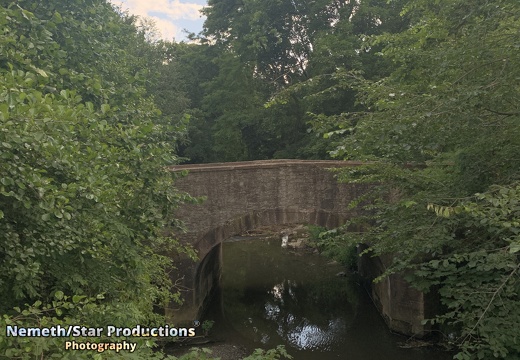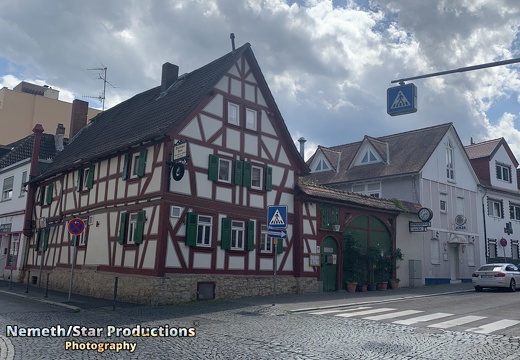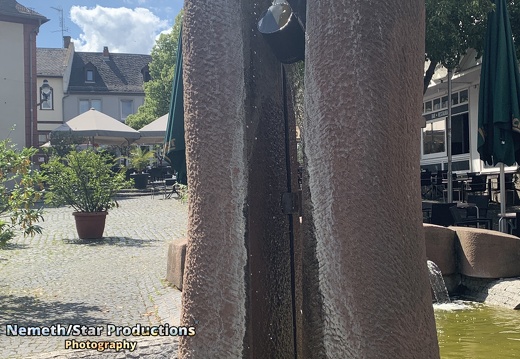Nemeth/Star Productions - Picture Gallery









Legal Notice
Privacy
© Nemeth/Star Productions 2025
Bad Nauheim (until 1869 Nauheim) is a spa town and the second largest town in the Wetterau district of Hesse in Germany after Bad Vilbel with about 32,000 inhabitants. The city is located at an altitude of 148 m above sea level, 28 kilometers (as the crow flies) north of Frankfurt am Main, on the eastern edge of the Taunus Mountains. It is flowed through by the Wetter and Usa rivers. Bad Nauheim borders the municipality of Rockenberg to the north, the municipality of Wölfersheim to the east, the district town of Friedberg to the south, with which it jointly forms a middle center with upper-central sub-functions, and the municipality of Ober-Mörlen to the west (all in the Wetterau district). Since the Stone Age, traces of settlements have been found in the vicinity of the Bad Nauheim brine springs. The settlement became very significant when the Celts systematically extracted salt from the brine. During archaeological excavations in the center of the town, parts of a huge Celtic salt works were uncovered. Its wooden piping and basin systems, well preserved by the salt content of the soil, document salt extraction in an almost industrial mode of production. Bad Nauheim was also important during the Roman period. The salt works continued to be used. A fort was built in the area of the later town and a signal tower was erected on the Johannisberg, which connected the Limes with Fort Friedberg. The oldest preserved mention of Nauheim as Niwiheim is in an interest register of the Seligenstadt monastery from the time around 900. In the 14th century, the saltworks were mentioned for the first time. Originally probably owned by Falkenstein, it belonged to the Hanau dominion before 1304, later: the county of Hanau, then the county of Hanau-Münzenberg. In 1478, all rights of the Seligenstadt monastery still existing in Nauheim came to the county of Hanau-Münzenberg as compensation for debts the monastery had to Count Philipp I of Hanau-Münzenberg. In 1597, Nauheim was added to the newly formed office of Dorheim. In 1231 there was the first report of a parish priest, in 1307 of an independent parish. The central ecclesiastical authority of the parish, which was located in the archdiocese of Mainz, was the archdeaconry of St. Maria ad Gradus in Mainz, deanery Friedberg. The patronage rights were initially held by the Seligenstadt monastery, and from 1255 by the Mainz cathedral chapter. In 1854, the last Hessian Elector, Friedrich Wilhelm I, granted the town charter. After the War of 1866, the Kingdom of Prussia annexed the Electorate of Hesse, which had been on the losing side. In the peace treaty of September 3, 1866, the former Amt Dorheim was passed on by Prussia to the Grand Duchy of Hesse in an exchange of territory. There, Nauheim was added to the district of Friedberg, which belonged to the province of Upper Hesse. The Nauheim Justice Office was renamed the Nauheim District Court. In 1879, it was replaced by the Nauheim District Court in the course of the Imperial Justice Reform. In the middle of the 19th century balneology developed and Bad Nauheim became a spa for cardiovascular diseases. In 1846, the Great Spring was found. Its special feature was the discovery and application of the healing effect of the naturally occurring carbonic acid in the thermal brine. Decisive for the development of the town into a spa of at times international importance was the transfer of the town to the Grand Duchy of Hesse, whose government concessioned a casino, whose levies financed the rapid expansion. Even after the First World War, Bad Nauheim retained its reputation as a sophisticated luxury spa. During the Second World War, hospitals were established in the spa facilities and several confiscated hotels, including those for Allied officers taken prisoner of war. Probably for this reason, air raids on the town were almost absent. From December 1941 to June 1942, 130 U.S. diplomats, including Leland B. Morris and George F. Kennan, were interned in Jeschke’s Grand Hotel. In the 1950s, the glamor of the celebrity spa experienced a brief renaissance. From the mid-1980s onwards new treatment methods for cardiovascular diseases made the expensive spa stays medically superfluous. Today, Bad Nauheim secures its status as a health city primarily through several large hospitals and special clinics. The city is home to the Max Planck Institute for Heart and Lung Research (W.-G.-Kerckhoff Institute) and facilities of the State Medical Association of Hesse. Text Source: Wikipedia
Powered by Piwigo





















